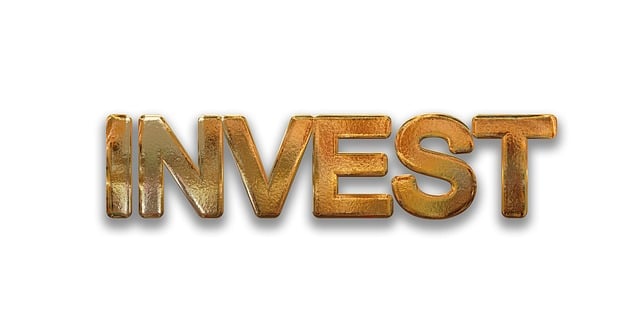Equipment financing through loans and specialized programs empowers small and medium-sized enterprises (SMEs) to acquire essential physical assets like machinery, vehicles, or technology without straining their cash flow. Offering flexible funding options with customizable repayment terms and interest rates, these solutions facilitate core operations and strategic growth while avoiding tie-ups in working capital. Businesses should consider their financial goals and long-term strategies to optimize operations through strategic equipment acquisition, aligning purchases with cash flow to maximize productivity and competitiveness. Reputable financiers provide customized solutions, enabling seamless acquisitions that support growth and productivity.
Looking to streamline your business operations and boost efficiency? Strategic equipment financing could be the game-changer you need. In this article, we’ll explore how understanding and leveraging equipment loans can optimize your asset acquisition process. From navigating different loan types and repayment options to strategic acquisition strategies, discover how finance equipment can empower your business growth. Learn why equipment financing is an essential tool in today’s competitive market, offering flexibility and affordability for businesses seeking to upgrade or expand their machinery and tools.
- Understanding Equipment Financing and Its Benefits
- Navigating Equipment Loans: Types and Repayment Options
- Strategies for Optimal Equipment Acquisition through Financing
Understanding Equipment Financing and Its Benefits

Equipment financing is a strategic approach to acquiring and managing physical assets like machinery, vehicles, or technology. Instead of purchasing equipment outright, businesses can secure loans specifically for this purpose. This method offers numerous advantages, particularly for small and medium-sized enterprises (SMEs). By opting for equipment loans, businesses gain access to essential capital without placing significant pressure on their cash flow. It provides a flexible funding option, allowing companies to invest in new or upgraded machinery, fleet vehicles, or IT infrastructure while spreading out payments over time.
One of the key benefits is that it facilitates equipment acquisition without tying up substantial working capital. This financial flexibility enables businesses to focus on core operations and strategic growth while ensuring they have the necessary tools at their disposal. Moreover, equipment financing can be tailored to meet specific business needs, with customizable repayment terms and interest rates, making it an attractive solution for diverse industrial sectors.
Navigating Equipment Loans: Types and Repayment Options

Navigating Equipment Loans offers businesses various options for acquiring much-needed machinery and technology. Traditional bank loans remain a common choice, providing competitive interest rates and flexible terms. However, specialized equipment financing programs have emerged to cater to specific industry needs. These tailored solutions often include lease-to-own arrangements, allowing companies to utilize the latest equipment without significant upfront costs.
Repayment options vary across different loan types. For instance, fixed-rate loans offer predictable monthly payments over a set period, while variable-rate loans may adjust based on market conditions. Leases typically require smaller initial payments and regular usage fees but do not build ownership equity. Businesses should carefully consider their cash flow, financial goals, and long-term strategies when selecting the most suitable equipment loan type to optimize operations through strategic equipment acquisition.
Strategies for Optimal Equipment Acquisition through Financing

To optimize operations and stay competitive, businesses should consider strategic equipment financing as a key component of their acquisition strategies. Equipment loans offer flexibility and access to capital, enabling companies to acquire modern, efficient machinery and technology without significant upfront costs. By financing equipment, businesses can align their purchases with cash flow, ensuring they invest in assets that directly support growth and productivity.
When planning equipment acquisition, it’s essential to identify short-term and long-term needs. Short-term financing may be suitable for urgent replacements or temporary capacity increases, while longer-term loans are ideal for strategic upgrades and expansions. Careful assessment of financial resources, operational requirements, and market trends ensures that the chosen financing method maximizes returns on investment. Additionally, working with reputable financiers who offer customized solutions can facilitate a seamless equipment acquisition process, allowing businesses to focus on their core operations.






